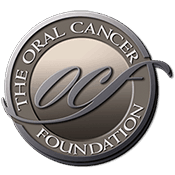Yoga may reduce physical decline in HNC population receiving radiotherapy
Source: www.cancernetwork.com Author: Russ Conroy A yoga program that included caregivers may reduce adverse effects (AEs) associated with physical functioning decline in patients with head and neck cancer who are undergoing treatment with radiotherapy, according to a news release from the American Society of Clinical Oncology (ASCO). "These results demonstrate that a focused yoga intervention can be successfully delivered in person or online not only to patients with cancer undergoing radiation therapy but also to their caregivers," according to Charu Aggarwal, MD, MPH, FASCO Findings from a study highlighted that 88% of patients assigned to the yoga intervention attended a minimum of 10 sessions, which included 13.1 sessions among those assigned to yoga with their caregiver and 13.3 sessions among patients assigned to yoga on their own. Investigators observed a significant effect on patient-reported physical function and nutrition among those participating in yoga intervention compared with those receiving usual care. There were significantly fewer feeding tubes placed for those in both yoga intervention groups compared with patients undergoing usual care. Additionally, investigators highlighted a marginally significant impact on emergency department visits among those who were included in the yoga intervention arm. There was not a significant effect for hospital admissions among patients assigned to the yoga program. “This study is one of the first to compare a patient-oriented behavioral intervention delivery to one that includes patients and their caregiver,” Kathrin Milbury, PhD, associate professor in the Department of Behavior Science at the University of Texas MD Anderson Cancer [...]
